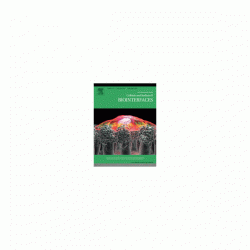Abstract

Surface modification with functional materials, such as anti-fouling or thermal responsive polymers, on biomedical devices benefits their clinical performance. Simple and versatile technologies, which could be applied to a wide variety of substrates, are still highly desirable. Chemical vapor deposition (CVD) of 4-benzoyl-[2,2]paracyclophane (Benzoyl-PPX) layers attracts much attention because the photoreactive platform could be deposited onto almost every substrate for the conjugation of functional molecules. In this study, poly(ethylene glycol) (PEG) was conjugated onto Benzoyl-PPX via UV illumination. The deposited PEG films could effectively reduce protein adsorption and cell attachment. The low-fouling properties of the PEG films were positively correlated with the molecular weight and concentration of PEG. We found that a PEG film, thicker than 16 nm and with a water contact angle of 30°, is a prerequisite for effective inhibition of cell attachment. We also demonstrated that the PEG coating was stable under acidic and basic environments. Furthermore, poly(N-isopropyl acrylamide), PNIPAAm, could be also tethered on the Benzoyl-PPX via UV illumination, and possessed thermal-responsive properties. Intact cell sheets could be released from the PNIPAAm film by decreasing culture temperature. The results indicate that Benzoyl-PPX is an excellent photoreactive platform for the conjugation of functional polymers for modulation of cell attachment.


.png)